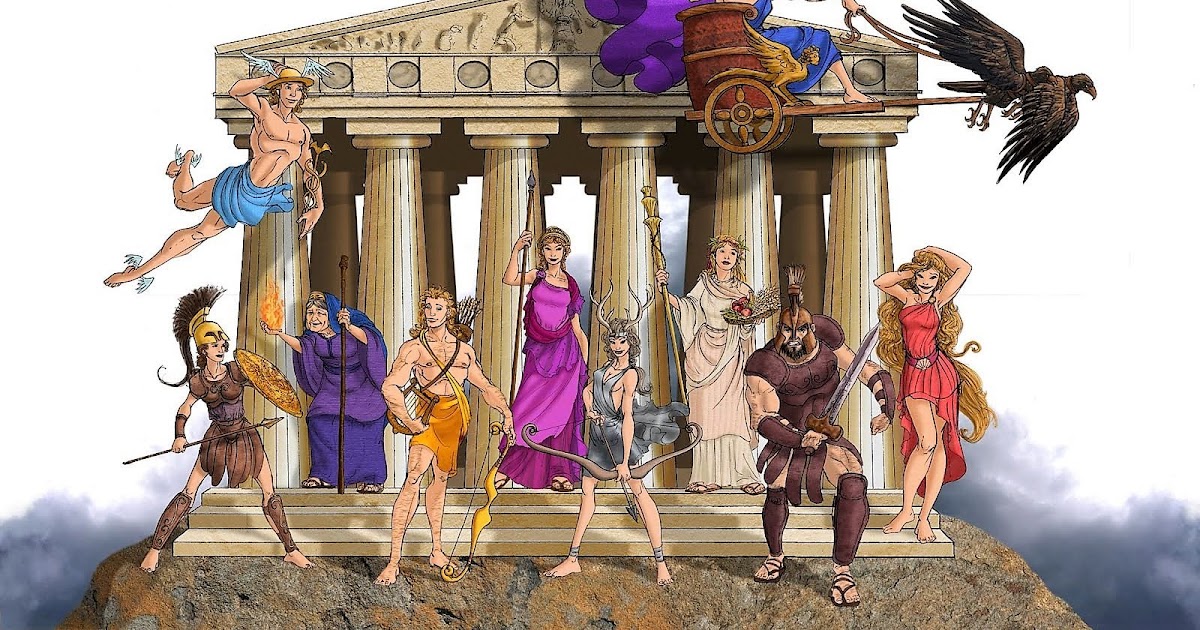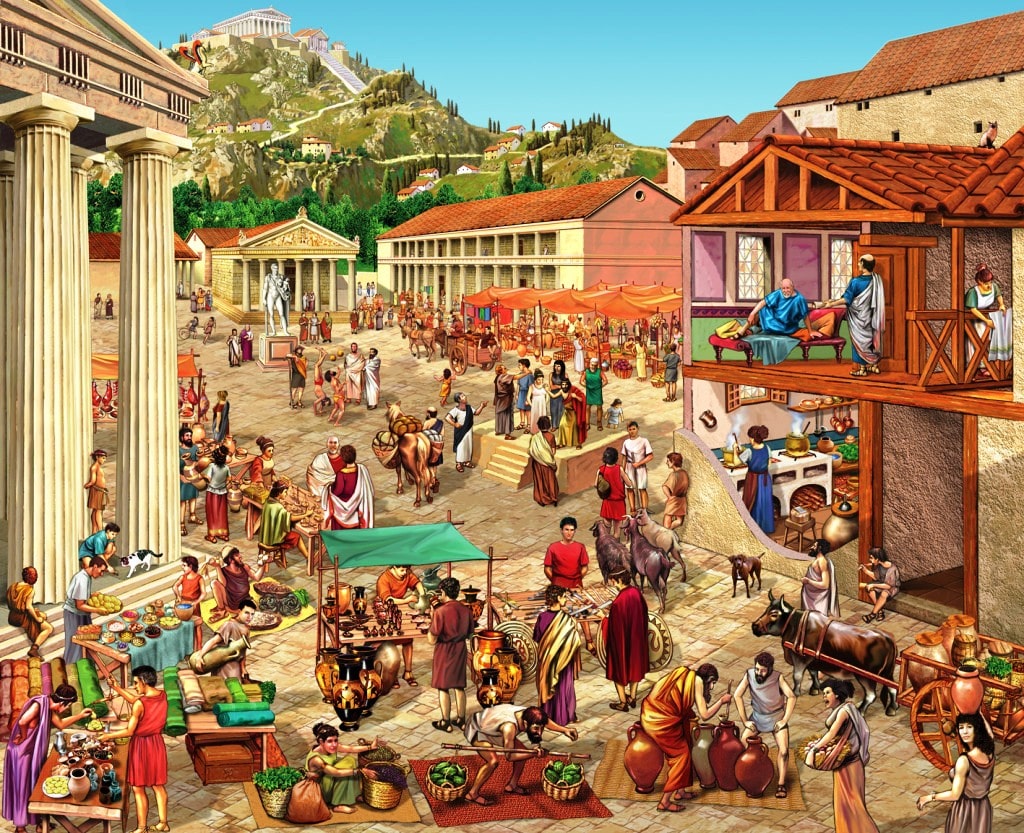Unveiling the Ancient Greek Flute: Music, Mythology, and More

Imagine the vibrant sounds of ancient Greece, the melodies echoing through amphitheaters and temples. Central to this soundscape was the aulos, the ancient Greek flute, an instrument imbued with rich cultural significance and captivating mythology. This instrument, often depicted in art and literature, wasn't just a source of entertainment, but a vital part of religious ceremonies, theatrical performances, and even military processions.
The ancient Greek flute, far from a simple woodwind instrument, held a prominent place in society. It was more than just a tool for creating music; it was a symbol of cultural identity, intertwined with the very fabric of ancient Greek life. Its haunting melodies accompanied the dramas of Euripides and Sophocles, the rituals dedicated to Dionysus, and the solemn processions of warriors. Understanding the aulos is to glimpse into the heart of ancient Greek civilization.
Unlike the modern transverse flute, the aulos was a double-piped reed instrument, similar to the modern oboe. Each pipe had its own reed and could produce a different note, allowing for complex melodies and harmonies. This distinctive design gave the aulos a powerful, resonant sound that could carry across vast spaces, making it ideal for large public performances.
The history of the ancient Greek flute is shrouded in myth and legend. Some accounts attribute its invention to the goddess Athena, while others credit the satyr Marsyas. Regardless of its true origins, the aulos held a revered position in Greek mythology, often associated with the god Pan and his rustic revelries. Its association with these powerful figures underscores the importance of the instrument in the spiritual and cultural life of the ancient Greeks.
The aulos came in various forms, each with its own unique characteristics and purpose. The most common type was the aulos itself, typically made from wood, bone, or ivory. Other variations included the plagiaulos, a transverse flute believed to have been introduced later, and the syrinx, also known as the Panpipes. These different forms catered to diverse musical needs and preferences, highlighting the versatility and adaptability of the ancient Greek flute tradition.
The importance of the ancient Greek flute extended far beyond mere entertainment. It was an integral part of religious ceremonies, used to invoke deities and create a sacred atmosphere. In theater, the aulos accompanied dramatic performances, enhancing the emotional impact of tragedies and comedies alike. It was also present in athletic competitions, military processions, and even private gatherings, permeating every aspect of ancient Greek life.
One of the main challenges associated with the aulos was its demanding playing technique. Producing sound required considerable breath control and embouchure, making it a difficult instrument to master. This technical difficulty likely contributed to the high status afforded to aulos players in ancient Greek society.
Examples of the aulos' influence can be seen in surviving artwork, such as vase paintings and sculptures, which depict musicians playing the instrument in various contexts. Literary sources, including plays and poems, also provide valuable insights into the aulos' role in ancient Greek culture.
Advantages and Disadvantages of the Aulos
| Advantages | Disadvantages |
|---|---|
| Powerful, resonant sound | Difficult to play, requiring significant practice |
| Versatile, used in diverse contexts | Fragile construction, prone to damage |
| Important cultural and religious significance | Limited range compared to modern instruments |
Frequently Asked Questions about the Ancient Greek Flute (Aulos):
1. What is an aulos? - An ancient Greek double-piped reed instrument.
2. What was the aulos made of? - Wood, bone, or ivory.
3. Who played the aulos? - Both men and women played the aulos.
4. In what contexts was the aulos used? - Religious ceremonies, theater, athletic competitions, military processions, and private gatherings.
5. Was the aulos easy to play? - No, it required significant breath control and embouchure.
6. What is the difference between an aulos and a syrinx? - The aulos is a double-piped reed instrument, while the syrinx (Panpipes) consists of multiple pipes of varying lengths bound together.
7. Are there any surviving auloi? - Yes, some fragmented auloi have been discovered in archaeological excavations.
8. Where can I learn more about the aulos? - Museums with ancient Greek collections and scholarly books on ancient Greek music.
The ancient Greek flute, or aulos, stands as a testament to the rich musical and cultural heritage of ancient Greece. Its haunting melodies, once echoing through bustling marketplaces and sacred temples, continue to fascinate and inspire. By understanding its history, significance, and impact on ancient Greek society, we gain a deeper appreciation for the artistry and ingenuity of this ancient civilization. Whether you're a music enthusiast, history buff, or simply curious about the world's musical past, exploring the world of the ancient Greek flute offers a rewarding journey into the sounds and stories of a bygone era. Its legacy continues to resonate with us today, reminding us of the enduring power of music to connect us with the past and enrich our understanding of human culture.
Ac condenser fan relay the unsung hero of your cooling system
Need a tow all city towing contact info
Toyota wheel nut torque your guide to safe and secure wheels













